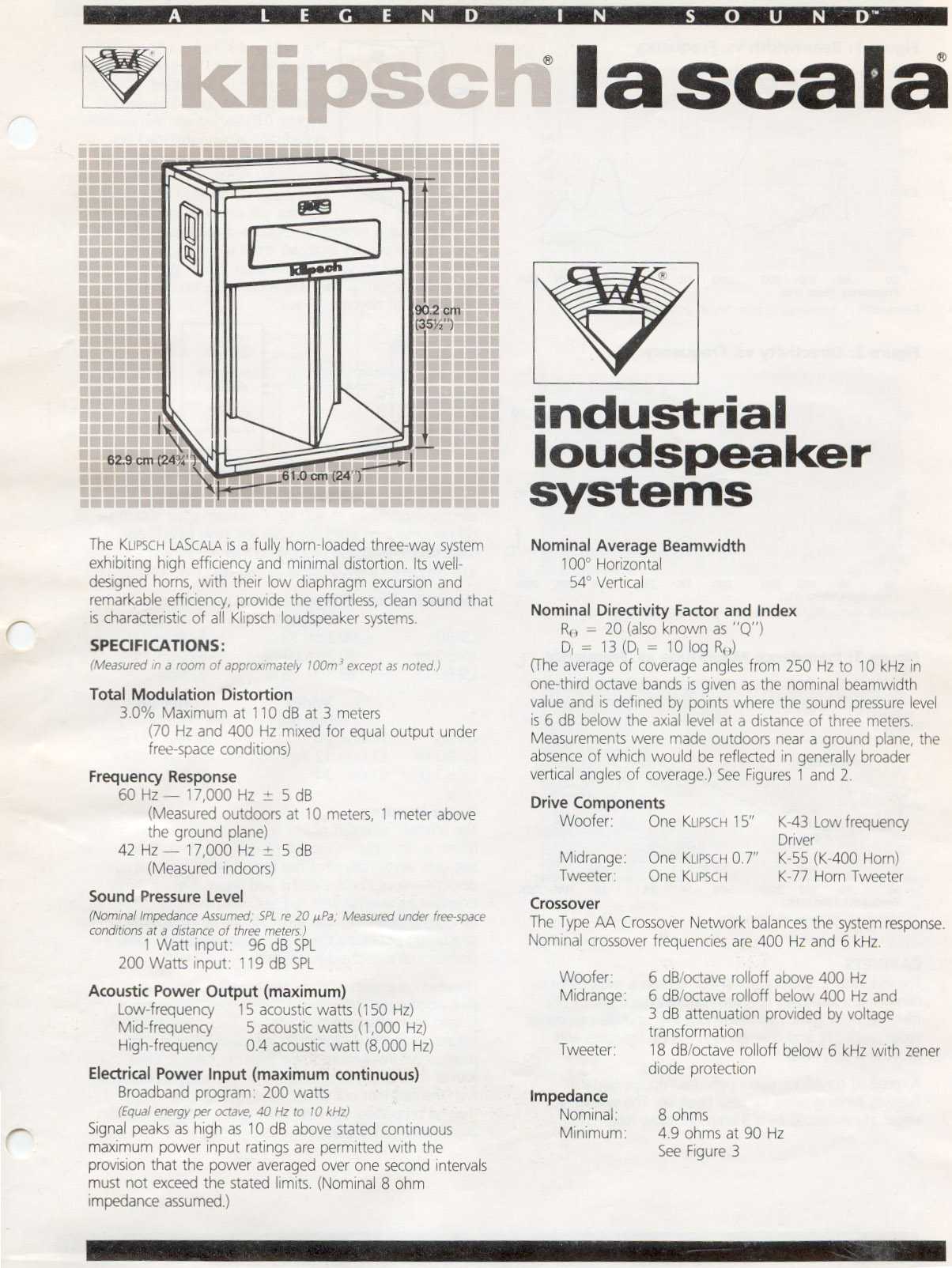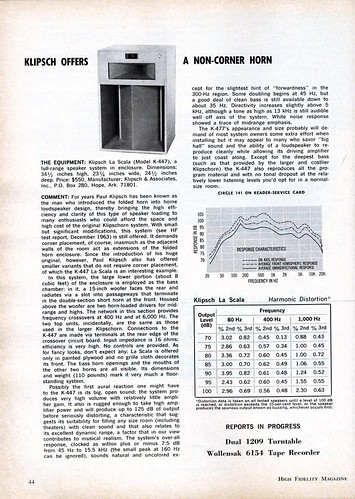 Elekit on top of Flying Mole CA-S10. Click to enlarge.
Review: Elekit TU-8500 Full-Function Preamp, Part I
Overview: Elekit, Part II
Review: Elekit TU-8500, Part II, Part III, Part IV, Part V, Part VI published
Elekit on top of Flying Mole CA-S10. Click to enlarge.
Review: Elekit TU-8500 Full-Function Preamp, Part I
Overview: Elekit, Part II
Review: Elekit TU-8500, Part II, Part III, Part IV, Part V, Part VI published.
Overview Elekit, Part I (article contains my review of Elekit's previous preamp, the hugely popular TU-875, which I think should interest you)
Note: As one sometimes does in a Blog,
this review of TU-8500 would be in several chapters/parts, over several months, so if you are interested, check back regularly. The first parts would be from HK, where I will run in the unit thoroughly. In April, I shall take it to NYC where I could further assess its phono section. Based on my experience with the TU-875, the unit deserves lavish attention.
Few things have excited me more recently. On close examination,
the TU-8500 is a very interesting product, more than I had thought. Much thought had gone into its design.
Basic Info on Elekit
vkmusic
(North American dealer); Victor Kung, whom I have yet to meet, is a great guy, very passionate
about what he sells, very helpful to his clients and well regarded in
diyaudio, where he runs the Elekit forum. Victor had put in a hell of a lot
of work on Elekit, including translating manuals and flyers from
Japanese to English for their older products like TU-875 and TU-879 (and his English versions were then used by other
vendors without crediting him!) All Elekit users, especially those who DIY, should give him credit. If I were a North American Elekit fancier, I'd buy from him rather than from others who had less dedication.
Elekit official website
cnamusic (Elekit HK seller); Mr Lau is also a pretty helpful guy.
 Click pics to enlarge.
Basic Info on Elekit TU-8500 (vs TU-875)
Click pics to enlarge.
Basic Info on Elekit TU-8500 (vs TU-875)
Once again, Victor was the first one to provide detailed info in English to the world. In addition to his website listed above, diyaudio's Elekit forum has 2 threads on the TU-8500: one with
basic information (make sure you read
this page also) and one on
tube and opamp rolling. I got all of my info on this preamp initially from Victor.
With help from Victor, I bought an assembled unit from Japan (not much time for DIY these days). The DIY manual is provided (necessary for future mods etc), only in Japanese, in the typically lucid pictorial Elekit style. Although I am not well versed in electronics, the included schematic is useful to me. I hope Elekit will publish an English version of the manual soon.
 Spec's from vkmusic:
Stock tube: NOS 5965A X 2 (option :12AU7 x 2pcs)
Spec's from vkmusic:
Stock tube: NOS 5965A X 2 (option :12AU7 x 2pcs)
OP-amp: NJM2068DD x 2pcs
INPUT/OUTPUT terminal: Phono IN x 1
LINE IN : 3 (3.5mm stereo jack(LINE3 priority) x 1)
PRE OUT x 1
Power voltage: AC100, 115, 200, 230V
IEC standard, 3P inlet
Rated current: 8W
Dimensions: W252 x H73 D270 mm
Weight: Approx.3.1kg (when assembled, excluding power cord)
[Line amp]
Max output voltage: 22Vrms (1kHz)
Gain: x3.1(9.8dB), x1.15(1.2dB)
Frequency response (-3dB): 2Hz – 70kHz / 2Hz – 280kHz
SN ratio(IHF-A): 122dB / 129dB
[Equalizer amp]
Cartridge: MM(Low) / MC(High) – Select by switching
Max output voltage: 7.4V rms (1kHz)
Gain (1kHz): [MM]37dB / [MC]63dB
SN ratio (IHF-A): [MM]108dB / [MC]88dB
Input resistance: [MM]50kohm / [MC]100ohm
Built The built is excellent for the money.
Starting from the chassis: not the usual box, but one thoughtfully designed and put together. Loosening only 4 screws enabled tube insertion. For the bargain price, the chassis is rather nice;
I love the curved edges. Though not the most substantial, it is
much better looking than its predecessor, the TU-875!
 Component Quality
Component Quality I'd say very good for the price. DIYers are notoriously picky, but I always maintain a good designer can produce great results from everyday components, and one should be careful second-guessing him. Also, another most important thing is reliability, and you can count on Elekit for that.
Kit vs Assembled If not for the lack of time, I'd opt for the kit and the pleasure/pain of building from the ground up, no better way to understand a product. I do think this is NOT for beginners, rather someone who has at least built a kit or two. As with the TU-875, you have to solder some very closely spaced pins (see Elekit Overview Part I link above), among other difficulties. Victor told me there are 65 resistors! Victor also told me AMTRANS resistors would be an upgrade, especially in the phono section. If you are building one, you may want this upgrade; otherwise, if you upgrade later, de-soldering and re-soldering 65 resistors would be a pain in the ass. Contact Victor if you want these. Note that many of these low signal level 1/4 watt Amtrans were custom made!
Power Supply In contrast to the TU-875, the power supply is a much heftier linear power supply, with a substantial R-core transformer. Tube filament supply is DC and there is a lot of regulation for the B+.
Tube Complement Victor told me the unit was designed by Mr Fujita to operate well with most (but not all; manual states 12AU7)
12AU7 and 12AT7 variants. It looks like a
Cathode-Follower Circuit. My unit was shipped with
NOS 1985 GE clear-top 5965, a good choice in my opinion, better than Chinese or Russian 12AU7 tubes for sure! However, keep in mind that
the 5965 resembles a lower-mu 12AT7 (47 vs 60), so would have a little less gain than a 12AT7, not to say a 12AU7. Note too the 12AT7 has a lower output impedance, better for longer interconnects. I shall tube-roll later, of course.
Opamp The stock opamp used in the phono section, out of cost concern, is the cheap but well regarded dual
NJR2068, often used in professional gears. According to Victor,
OPA2227P (dual version of the well-known OPA227; a TI/Burr-Brown chip) betters it significantly (endorsed by Mr. Fujita too). I am soon to get 2 of these and will roll them.
Line Section and Use as Buffer The TU-8500 differs from the TU-875 in that 2 tubes rather than 1 are used for the ALL-TUBE line section, and this can only be a good thing! The tubes have
DC filament supply, ensuring quietness. The GAIN button on the back is an interesting feature: you have a choice of 3.1x or 1.15x gain. Looking at the schematic,
the lower gain (almost unity gain) setting switches in paralleled resistors to decrease global feedback. Look at the spec's and you will see 2 sets of spec's for the high/low gain; as usual, the higher the feedback, the better the spec's (sound is another matter).
The near-unity-gain also enables it to be used as a buffer - it would be interesting to compare it with the somewhat similarly conceived iFi iTube (review to come too).
Phono Section and Use as Phonoamp In contrast to the TU-875, which employs 2 x 12AU7 for the MM section,
the phono section of the TU-8500 is all solid state, with CR type equalization. Like TU-875, you can choose MM or MC by pushing a button on the back. In contrast to the TU-875, there is no Tape Loop. Hence,
if you want to use this as a phonoamp you would have to use the line output. This is where the unity-gain comes in, effectively adding a tube buffer to the phono section, though you can also add even more gain by selecting the high-gain setting. Clever!
 Day 1 Sound and Observations
Day 1 Sound and Observations
I lost no time putting it into my
Systems B and C (originally described
here; but
updated lately, with final setup detailed in text below; see also my equipment listings in the side-bar of my blog.)
System B Right out of the box, after installing the tubes, I inserted it as a preamp (3x gain) into my latest incarnation of System B:
47 Labs Shigaraki Transport/DAC-Kondo Ongaku-47 Labs 4737 alnico loudspeakers. I am highly familiar with this system and listened for an hour, including my recent favorite, the
Sokolov Salzburg Recital. Cold, the Elekit revealed itself to be
transparent and quiet. Compared to direct-in, inserting the preamp (volume knob of Ongaku at 12 o'clcok) loses just a tiny trace of resolution (cannot even be sure on that) but brings greater grunt, all the time not losing the tonal splendor of the
Ongaku.
VERY promising.
System C I then inserted the TU-8500 into my System C,
using the Flying Mole CA-S10 as an amp, driving Harbeth LS3/5A. With either
47 Labs Shigaraki or
Arcam rDAC (CAS/iTunes/AIFF/wireless) as source, sound was shockingly good, but I noticed some hiss! The Mole is a true integrated amp (review to come) with an active preamp stage that apparently has
very high gain. By turning the Mole's volume down to around 10 o'clock I was able to use the Elekit normally, with little noise. Addition of the preamp brings just a tad more warmth, a little more air and ambience. Again, the super-clean character of the Mole was well preserved.
Neutrality With the 2 very different true integrated amps, the Kondo Ongaku and Flying Mole CA-S10, adding the TU-8500 does not mask their true colors. For me, there is no better proof of the TU-8500's neutrality than this. Also, this makes me think the TU-8500 would work very well as a tubed buffer, which I shall test out later in the same systems.
Gain Even at 3x, the preamp has only moderate gain, and I have to advance the volume knob beyond 12 o'clock. This is in contrast to many high-gain preamps from Japanese SET designers.
Microphonics I was surprised that the stock GE 5965 are microphonic, easily audible by tapping on the chassis. However, I know my placement on a bookshelf is not ideal either. No matter, as I shall be tube rolling soon.
Running In While I slept, I kept the Elekit on and ran computer music through it. When I woke up in the morning, the complete Beethoven Piano Sonatas (Annie Fischer/Hungaroton) had been played! That said, I do believe the tubed line section of the TU-8500 sounds great out of the box, and does not need long run-in.
Part II shall come very soon and chronicle the TU-8500's performance in my old house, with my reference gears and phono. Check back soon.























